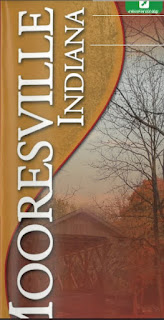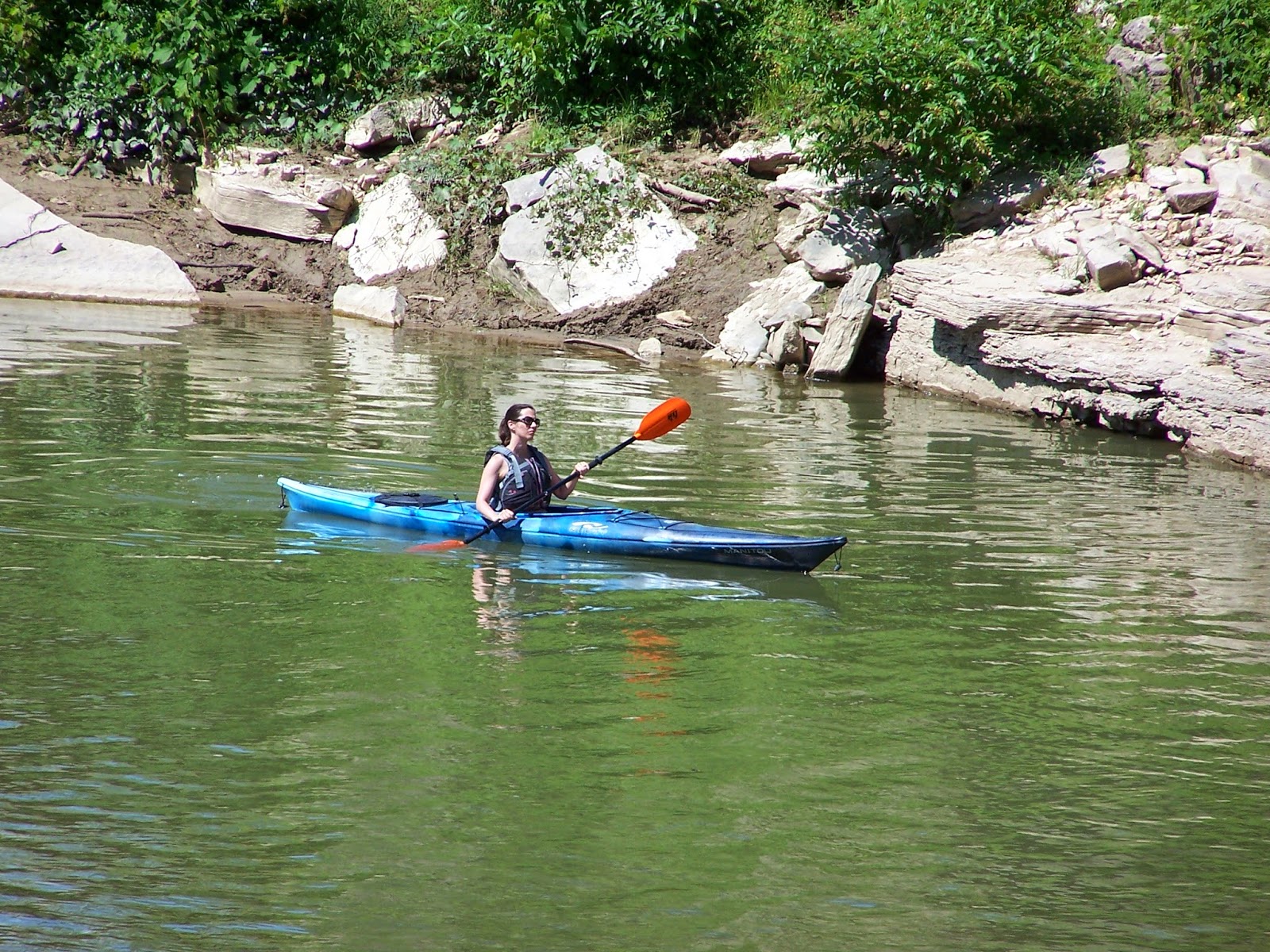Just published (this past May), The 1965 Palm Sunday Tornadoes in Indiana by Janis Thornton (Charleston, S.C.: The History Press, 2022) features eyewitness and published accounts, photographs, and official weather reports and records detailing the appalling destruction that claimed some 137 Hoosier lives on April 11, 1965. If you or your family or friends experienced this horror, this book will stir poignant memories. It certainly did for me.
MPL Book Trailer 813
I was an eyewitness to some of the devastation, although my immediate family was spared. I was nearly seven years old the night of the terrible thunderstorms. About 20 miles south of my hometown, Lafayette, tornadoes tore through the tiny farming community of Odell, where my parents later owned farmland that had been struck by the twisters. We lived on the south side of Lafayette. Around 7 p.m. golfball-sized hail struck our house, denting our siding. Tornado warnings were issued on the radio, so my family fled to our basement, huddling in a corner next to the furnace. We were fortunate not to have been in the tornadoes' paths, but several extended family members in Howard County were not so lucky. The tornadoes passed directly through their farms and neighborhoods.
As news of the ravaged communities came in across radio and television, we repeatedly attempted to contact my paternal grandparents, who lived southeast of Greentown where tornadoes had been reported to have tracked. The telephone lines were down, so the next day we decided to drive our 1963 Dodge motor home to my grandparents' home in case it had been reduced to rubble.
We drove east on State Road 26, encountering a trail of damaged homes and businesses in Rossville and Middlefork. When we reached Russiaville, the Indiana State Police and the Indiana National Guard had setup roadblocks to detour vehicular traffic. Seeing our red-and-white bus suggested that we must have been from the Red Cross, so police and soldiers opened their barracades to allow our vehicle to pass.
As we drove through Russiaville, houses and buildings had been wiped off the face of the earth. In many cases, nothing was left but foundations or concrete slabs. Debris was littered everywhere, making it difficult to navigate through town along the roads. It looked like a war zone. It was utter devastation everywhere you looked. The memory of this absolute annihilation has stayed with me for nearly sixty years.
Driving through Kokomo, we checked with an aunt and uncle (and cousins) who lived just west of town. Their house had had minor damage, and fortunately no one was hurt. So we proceeded east to Greentown, my father's hometown. The area south of town was a checkerboard of destruction. Some homes and businesses were only mildly affected; others were absolutely obliterated. Eastern High School was ripped apart.
Driving down my grandparents' county road just east of Greentown was a nightmare. Almost every house or barn was mutilated, and many were simply blown to smithereens. The house about 200 feet north of my grandparents' farm was so heavily damaged that it was unrecognizable. My grandparents' home, however, lost only three shingles, and their barn and outbuildings were more or less untouched. The arbitrariness of the injury seemed capricious, even to my nearly seven-year-old sensibilities. So many had lost so much. It was heartwrenching, but I was nonetheless overjoyed that my grandparents had been spared.
Janis Thornton has assembled an impressive collection of stories about this fateful day when so many suffered such unthinkable loss. We can, however, take this positive message from the events of Palm Sunday 1965: people came together to help their neighbors, and communities rebuilt and unified, sharing each others' strength. For those who weren't there, it will be a riveting read; for those who lived it, the book is a testament to the best people have to offer in times of crisis, and it honors the dead, injured, and affected families by preserving an important historical event. Terrible things can happen in life, but it is reassuring that helping hands arrive when the need is greatest to aid in the recovery.



















































